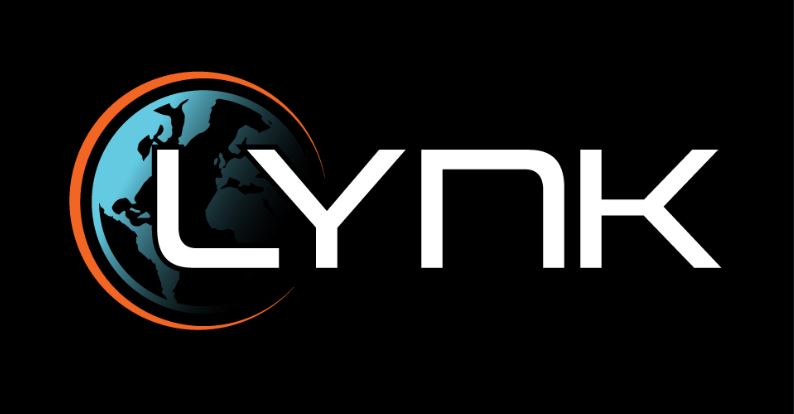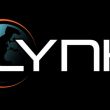Lynk files with FCC, plans to offer LEO satellite-to-phone service next year
Lynk today announced that it has applied for a commercial operator’s license with the FCC to offer its “cell towers in space” services around the world as early as next year, so unmodified cellular devices can communicate directly with Lynk LEO satellites to fill coverage gaps in terrestrial networks.
“We’re getting ready to roll out commercial services next year to the world for satellite direct-to-phone [communications]—cell tower in space—with all of the benefits that brings,” Lynk CEO and co-founder Charles Miller said during an interview with IWCE’s Urgent Communications. “I think we’re the first [satellite-to-phone] company to file with the FCC for initial commercial service. We anticipate beginning commercial operations in 2022.”
Lynk initially plans to provide text-messaging-only service as its LEO constellation has only a handful of satellites in orbit, but the startup company plans to support continuous broadband services around the globe in 2025, when about 5,000 Lynk satellites are expected to be in space, Miller said.
In terms of its business model, Lynk plans to partner with commercial wireless carriers and provide users with coverage outside of the terrestrial coverage provided by the carrier and its roaming partners, according to Miller.
“We want to fill in the black spots [of terrestrial coverage],” he said.
Miller said there are significant public-safety implications of Lynk’s low-earth-orbit (LEO) satellites providing resilient coverage to areas where terrestrial wireless networks are unavailable, particularly when disasters like Hurricane Katrina occur.
“When the next [Hurricane] Katrina happens, I think it’s going to be a really big deal that Lynk exists,” Miller said. “Our vision of the future is that no one ever dies because they have a phone in their pocket and it’s not connected. That day comes to an end soon.”
Lynk’s usefulness is not just limited to remote areas that typically do not have cellular coverage; the satellite-based service can provide much-needed connectivity during times when normally connected locations lose commercial communications for any number of reasons.
As an example, Miller noted the challenges associated with communications in California last year, where utilities shut down the electric power grid—for days, in some cases—because live electrical lines falling to the ground were deemed to be a primary cause of massive wildfires. Lynk service could be leveraged to send alerts to residents, deliver requests for help, and support first-responder communications in such scenarios, he said.
“They turned off the power lines, because the power lines were causing the fire,” Miller said. “The fires started anyway, and then the cell towers didn’t have any power to tell people to get out.
“We are the solution to that. We are the backup space layer. So, when the fires and hurricanes take out your cell towers on earth, they don’t take out the cell towers in space. We are resilient communications that is a really big deal to emergency responders.”
Last year, Lynk announced successful tests of its technology that allows ordinary smartphones to connect directly with a Lynk LEO satellite. In those tests, the phones were placed on a table in the Falkland Islands, but Miller said that Lynk’s use of sub-1 GHz spectrum means the technology should work when a user is holding the smartphone or has slight obstructions in its path to the Lynk spacecraft.
“We are using sub-1 GHz UHF spectrum, and the body and the atmosphere are very transparent at those lower frequencies,” Miller said. “That’s not a problem. There’s nothing suggesting that holding it changes the characteristics of the phone … And it’ll work in a car. There will be a little loss of gain in a car, but it will work in a car.”
Since those tests last year, Lynk has continued to develop its technology, according to Miller.
“We’ve made a lot of progress in the last year,” he said. “We decided that, with COVID, to stick to our knitting; we’ve been very quiet.
“We’ve totally redesigned our spacecraft, based on some of the lessons learned. We’re launching our brand-new design … here soon.”
Miller declined to reveal specifics about the new Lynk satellite design but described it as a “significant upgrade” compared to the company’s previous satellites.
Lynk plans to launch one of the new satellites this summer and two more by the end of the year.
“We’re ramping up next year with many more satellites,” Miller said. “We’re not ready to talk publicly about how many yet.”
Lynk currently has 27 mobile network operators (MNOs) that are “testing partners” with the satellite startup, but company officials hope to narrow that to about a dozen initial flagship operators that Lynk will work with exclusively when commercial services are launched initially, Miller said.
In addition to today’s application with the FCC, Lynk will need to get licensed in each individual country where it offers service—something the company plans to do in cooperation with its MNO partners, Miller said.
Technically, Lynk will be able to provide support broadband services from the day it initiates service, but the company plans to support only text messaging initially to ensure that it can provide service to all users, particularly if it partners with an MNO with tens of millions of customers, according to Miller.
“There is such a large need that we’ll intentionally limit what you can do on it, just so everybody has something,” he said. “Because even a minimal service is infinitely better than nothing. If you’re out in the middle of nowhere, and you have zero G, being able to send a message could save your life. That’s the first responsibility—that we give everybody something.
“So we’ll start out with messaging, and when we have enough capacity, we’ll allow people to do broadband.”
For the first-responder community, the projected availability of broadband services from Lynk and AST SpaceMobile—another LEO satellite company promising LTE coverage directly to cellular devices—could address one of the biggest concerns about using LTE technology: its performance when not connected to a terrestrial network.
When network coverage is not available, LMR radios are able to support direct-mode voice communications between each other—a capability often referenced as “simplex” or “talkaround” mode—often with a range that can extend miles. The LTE standard includes direct-mode functionality known as proximity services, or ProSe, but the power limits of LTE devices mean the range is very limited. In addition, there has been little indication of ProSe support within the vendor community, so other solutions are being pursued.
Aina has developed a direct-mode speaker microphone that can be used with LTE devices, but other vendors are developing products that would limit the number of circumstances that a smart device would not be able to be connected to a LTE network of some kind, even if a traditional carrier network is not available.
Satellite-to-smartphone services like Lynk and AST SpaceMobile theoretically would dramatically reduce the number of scenarios when a first responder is beyond LTE coverage while outdoors. In-building networks, traditional deployables like SatCOLTs, and more flexible deployable solutions—LTE blimps, LTE drones, smaller LTE towers that can be erected in 10 minutes, standalone network kits in backpacks or Pelican cases, or mesh networks—can augment coverage, including in some locations than satellites cannot reach.

















